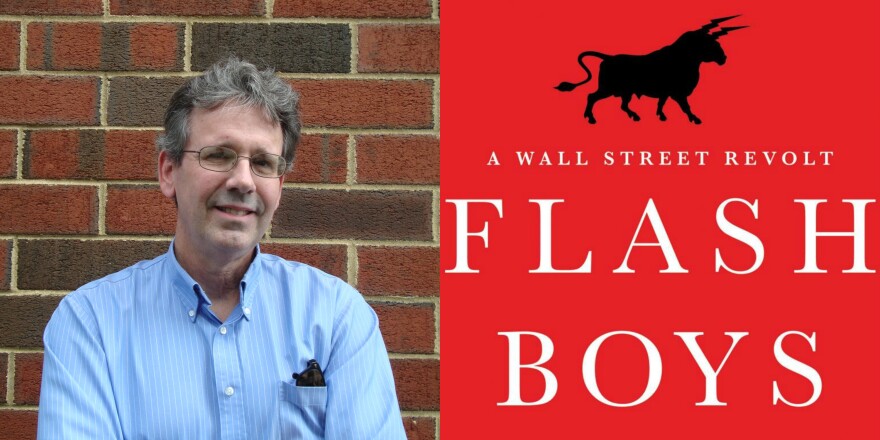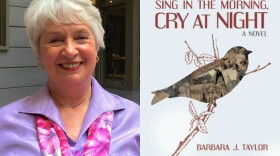Are the American financial markets rigged? That's the position of Michael Lewis, the author of the book, “Flash Boys.”
Lewis has pursued Wall Street in print since his first book, “Liar's Poker,” which he wrote after a stint working as a bond salesman for Salomon Brothers. “Flash Boys” is a natural extension of Lewis's bestseller “The Big Short” which explored the inner-workings of the financial crisis that began in 2007. While “Flash Boys” provides plenty of background - including a journey through central Pennsylvania - it's primarily a book about pursuing a Wall Street mystery that becomes a personal mission.
The protagonist hero of the book, Katsuyama, is a trader for the Royal Bank of Canada who can't buy shares of stock at the posted price. As soon as he submits his trade, the price changes. Katsuyama's IT guys insist that, obviously, the price is moving because of some news event. But as Katsuyama repeatedly experiences the same price changes, he reaches a different conclusion. “I'm the event,” he realizes, “I am the news.”
Thus, Katsuyama joins forces with a technical guide, Ronan Ryan,and they descend into the world of high-frequency trading. High-frequency trading is the use of computer programs and algorithms to execute huge numbers of blazingly-fast automated trades. In the best scenario, high-frequency trading reacts to publicly available information by being first-to-market with pre-programmed, near-light-speed transactions. What Katsuyama and Ryan discover, however, is that the technology’s being used to “front-run,” or intercept and then cut in front of, other people's trades, including theirs.
Because the systems are so fast, events that appear to happen simultaneously can be separated by these systems into “before” and “after” at the millisecond level. Aided and abetted by a culture in which everything is for sale, high speed traders have built systems that can see a “buy” or “sell” request and execute multiple trades before that request goes through. The result is millions of dollars shaved off of investments such as mutual funds and retirement holdings. The money instead goes to the already-wealthy Wall Street insiders.
The government could put a stop to the practice, but it’s currently legal. Government oversight comes across in “Flash Boys” as somewhere between “feckless” and “clueless.” For example, government regulatory standards are so behind the times they still measure time by the second. A high frequency trading system can execute tens of thousands of transactions in a single second.
Ryan and Katsuyama try to fight back. They gather a group of Wall Street insiders to form their own exchange with the goal of returning fairness to the market. Can they succeed? Can they defeat these automated grifting engines and those who feed and care for them?
“Flash Boys” and “The Big Short” are required reading for anyone hoping to understand the financial history of America in the 21st Century. “Flash Boys” would make a compelling novel: part detective story, part character study, and part morality play. It's a great read. Unfortunately for all of us, it's non-fiction. The markets really are rigged.
- Reviewer Jeff Luck is the technology lead for WPSU and a local elected official.
Related Links:
- On A 'Rigged' Wall Street, Milliseconds Make All The Difference
- 60 Minutes: Is the Stock Market Rigged?
Related Video:
‘Epic’ debate on high-frequency trading between Michael Lewis, Brad Katsuyama and William O’Brien




